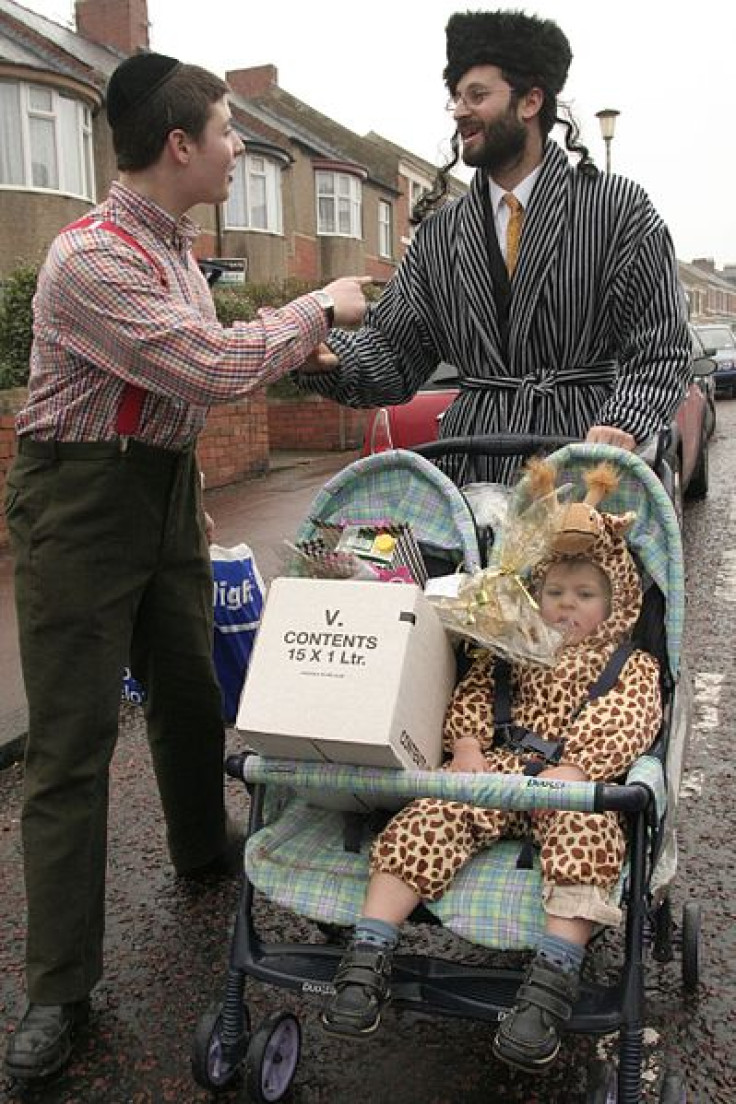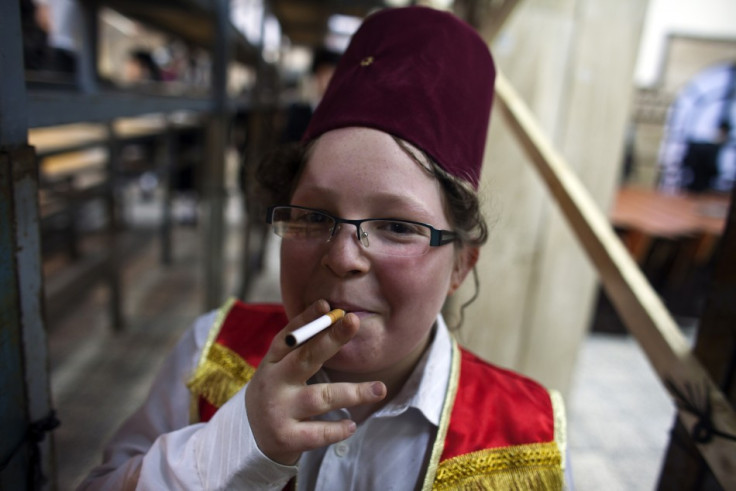What is Purim? The Joyous Jewish Festival Explained

Purim is a Jewish holiday that commemorates the defeat of the plan to destroy the Jews by Haman, the highest official of Xerxes, who was King of the Persian Empire.
The Book of Esther

According to The Book of Esther - contained in the Jewish Tanakh (the Hebrew Bible) and the Christian Old Testament - Haman's plan was hampered by Persia's Queen Esther, after she was made aware of the conspiracy by her cousin Mordecai.
After she learned about the plot, Esther urged all the Jews to fast and pray for deliverance. She then informed King Xerxes of her Jewish heritage as well as the plot.
Xerxes ordered Haman to be hung on the gallows - the very same gallows Haman had built for Mordecai - and promoted Mordecai as highest official. Jews were also granted protection thoughout the land.
The Book of Esther was written by unknown sources to remind the Jewish people about the origins of Purim.
How do Jews celebrate Purim?
Purim or Feast of Lots, is celebrated on day 14 of the Hebrew month of Adar: February or March.
This year the celebration will be held on Saturday 15 March and will end on Sunday 16 March.
People listen to the Scroll of Esther twice (the Purim Spiel), once on Purim eve, which is Saturday, and again on Purim day, Sunday. The Al Hanissim prayer, which describes the Purim miracle, is recited during Purim morning, afternoon and evening prayers.
Each time Haman's name is mentioned there is booing; rattle shaking erupts to denounce the wicked enemy of the Jewish people.
Purim celebrations have a carnivalesque feel with children and adults adorning costumes and masks. These symbolise the way God disguised his presence behind the natural events described in the Purim story.
On this holiday, Jews commonly greet each other by saying: "Chag Purim Sameach" (Yiddish for Happy Purim) and send one another mishloach manot (baskets of food and drinks).
Food plays an important role in Purim and Jews eat the traditional Purim se'udah (meal), as part of their holiday celebration. Often people serve hamantaschen, special Purim cookies, during the dessert course, Fazuelos as well as a range of baked or fried pastries called Orejas de Haman, seeds and nuts are also eaten.
Whereas throughout the year alcohol consumption is barely tolerated by Jewish tradition, on Purim, adults of drinking age are supposed to get so drunk that they can't tell the difference between Mordechai and Haman.

Faith, Hope and Charity
According to the Book of Esther, Jews are required to give charity to at least two needy people during the daylight hours of the holiday of Purim, "that they should make them days of feasting and gladness, and of sending portions one to another, and gifts to the poor". Orthodox Jewish communities commonly see long lines of poor people gathered outside the homes of the wealthy to receive gifts of cash.
There is a special law pertaining to Purim and charity which states that "whoever stretches out a hand is given [charity]". This means that any person seeking financial assistance is exempt from investigation to ensure they are genuinely needy. On Purim alms are given without condition.
© Copyright IBTimes 2024. All rights reserved.









